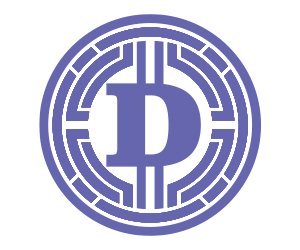An Introduction to Ethereum
An Introduction to Ethereum: The Leading Smart Contract Platform
Ethereum, often referred to as "ETH," is a pioneering blockchain platform that has transformed the world of decentralized applications (dApps) and smart contracts. Since its launch in 2015 by Vitalik Buterin and a team of developers, Ethereum has become the second-largest cryptocurrency by market capitalization and a cornerstone of decentralized finance (DeFi).
What Is Ethereum?
Ethereum is an open-source, blockchain-based platform that allows developers to create and deploy decentralized applications. Unlike Bitcoin, which focuses primarily on peer-to-peer transactions, Ethereum enables programmable transactions through smart contracts. Ether (ETH) is the platform’s native cryptocurrency and is used to pay for transaction fees and computational services.
Key Features of Ethereum
Smart Contracts: Ethereum’s defining feature, smart contracts, are self-executing contracts with the terms of the agreement directly written into code. These contracts enable trustless and automated transactions.
Decentralized Applications (dApps): Ethereum supports a wide range of dApps, from finance and gaming to supply chain and social media.
Ethereum Virtual Machine (EVM): The EVM allows developers to deploy smart contracts in a secure and decentralized environment, making Ethereum a versatile platform for blockchain innovation.
Token Standards: Ethereum introduced standards like ERC-20 and ERC-721, which have facilitated the creation of fungible and non-fungible tokens (NFTs), driving growth in DeFi and digital collectibles.
Transition to Proof of Stake: With the Ethereum 2.0 upgrade, Ethereum is shifting from the energy-intensive Proof of Work (PoW) consensus mechanism to a more sustainable Proof of Stake (PoS) model.
Why Is Ethereum Important?
Ethereum has catalyzed innovation across various sectors:
Decentralized Finance (DeFi): Ethereum powers DeFi platforms that offer financial services like lending, borrowing, and trading without intermediaries.
NFTs: The rise of NFTs as digital art, gaming assets, and collectibles has been made possible by Ethereum’s blockchain.
Scalability and Layer 2 Solutions: Ethereum’s ecosystem includes Layer 2 scaling solutions like Polygon and Optimism, which enhance transaction speed and reduce costs.
How to Get Started with Ethereum
To start using or investing in Ethereum, follow these steps:
Set Up an Ethereum Wallet: Choose a secure wallet like MetaMask, Trust Wallet, or hardware wallets for storing your Ether and tokens.
Buy Ether (ETH): Purchase ETH from cryptocurrency exchanges such as Coinbase, Binance, or Kraken.
Explore Ethereum dApps: Dive into the Ethereum ecosystem by exploring decentralized platforms like Uniswap, OpenSea, or Aave.
Stake Ethereum: With Ethereum 2.0, you can stake your ETH to earn rewards while contributing to network security.
Conclusion
Ethereum is more than a cryptocurrency; it’s a foundational technology for the decentralized internet. Whether you’re a developer, investor, or blockchain enthusiast, Ethereum offers unparalleled opportunities to innovate and participate in the evolving world of blockchain technology.


.jpg?w=1200&h=630&fit=crop&ar=1.91:1)
